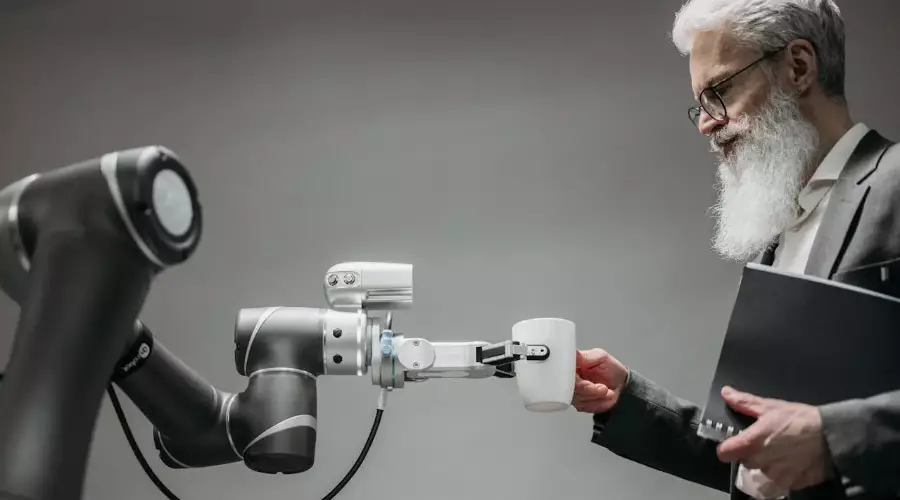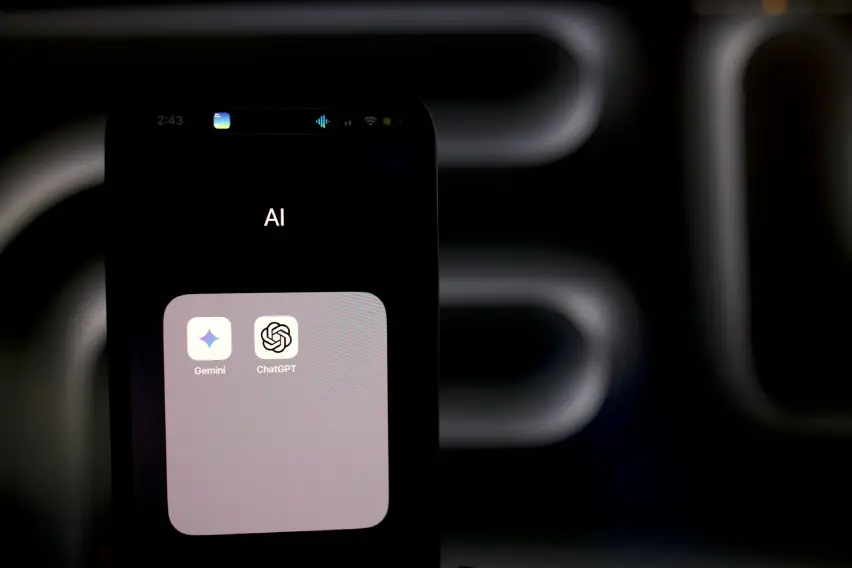A Groundbreaking On Device AI Technology: Everything You Need to Know

On-device AI technology, where data is computed directly on mobile phones, is today's most thrilling AI innovation. Tablets, wearables, and smartphones carry out their calculations internally without requiring access to far-away cloud infrastructures. User data protection is crucial because consumers desire to be seamless, and on-device AI facilitates superior user experience standards.
What Sets On-Device AI Apart From Cloud-Based Solutions
On-device AI excels since it processes information and steers clear of remote server connections. The system architecture offers individuals quick device response and added privacy advantages. The device carries only personal information on its hardware system, therefore reducing security exposures. Businesses can get the help of a tech company based in San Francisco, California, that develops all the world-class AI algorithms and puts them into a native app, giving users control over their data while enabling high-performance features. Organizations can now choose cloud computing depending on this method.
Security and Privacy Benefits Are Driving Adoption
User consciousness towards digital privacy has made them extremely sensitive to the handling of their data. If users permit AI processing on their device hardware, they can have both secure storage of information and desirable privacy advantages. Analysis needs no user biometric data or preferences, or behavioral patterns to be uploaded. This approach is the best for the finance and healthcare sectors, as they have to adhere to strict data compliance regulations. Local devices' capacity to process information eliminates unauthorized surveillance while creating greater trust relationships between technology service providers and users. Local device processing solutions will become increasingly important because governments have stricter regulations on data protection.
Real-World Applications Already in Use
The real-world deployment of device-level AI has finally become possible after it was embedded into leading consumer app features. Three of the key smartphone features are reliant on AI technology as their basis: facial recognition, predictive text functionalities, and smartphone image improvement tools. Health monitoring features, along with smartwatch gesture control functions, employ this technology for their functionalities. Local data processing by smart home devices speeds up their functionality. In the auto sector, AI-enabled sensors in driver support systems provide drivers with rapid assistance. The technology shows enhanced system ability and user satisfaction in its different usages. Enhanced developers' capabilities in managing device limitations will lead to new opportunities.
Challenges Developers Must Overcome
On-device deployment of AI generates numerous benefits for developers but demands solutions to technical challenges throughout the development process. The low storage and processing resource availability compels models to operate effectively using space-saving frameworks. Execution of compression tools like quantization in combination with pruning reduces model size while maintaining constant accuracy levels.
A challenge is encountered when various devices are required to collaborate because multiple operating systems generate complexity. Developers need to handle power consumption methods carefully to prevent battery drain. Experts require deep knowledge in order to instruct models on how they are to perform well when there are power constraints. The performance benefits created through these developments render the work usable in critical systems that need high performance.

Advanced technology exceeds privacy requirements and acceleration needs when operating locally on devices, which produces quicker system interactions and data protection. Technological innovation will result in better performance through continuous development. Businesses that adopt this newly adopted technological shift can secure competitive advantages in the market. Future developments in AI systems rely on advancements made in wearable technology, such as smartphones and IoT devices.



